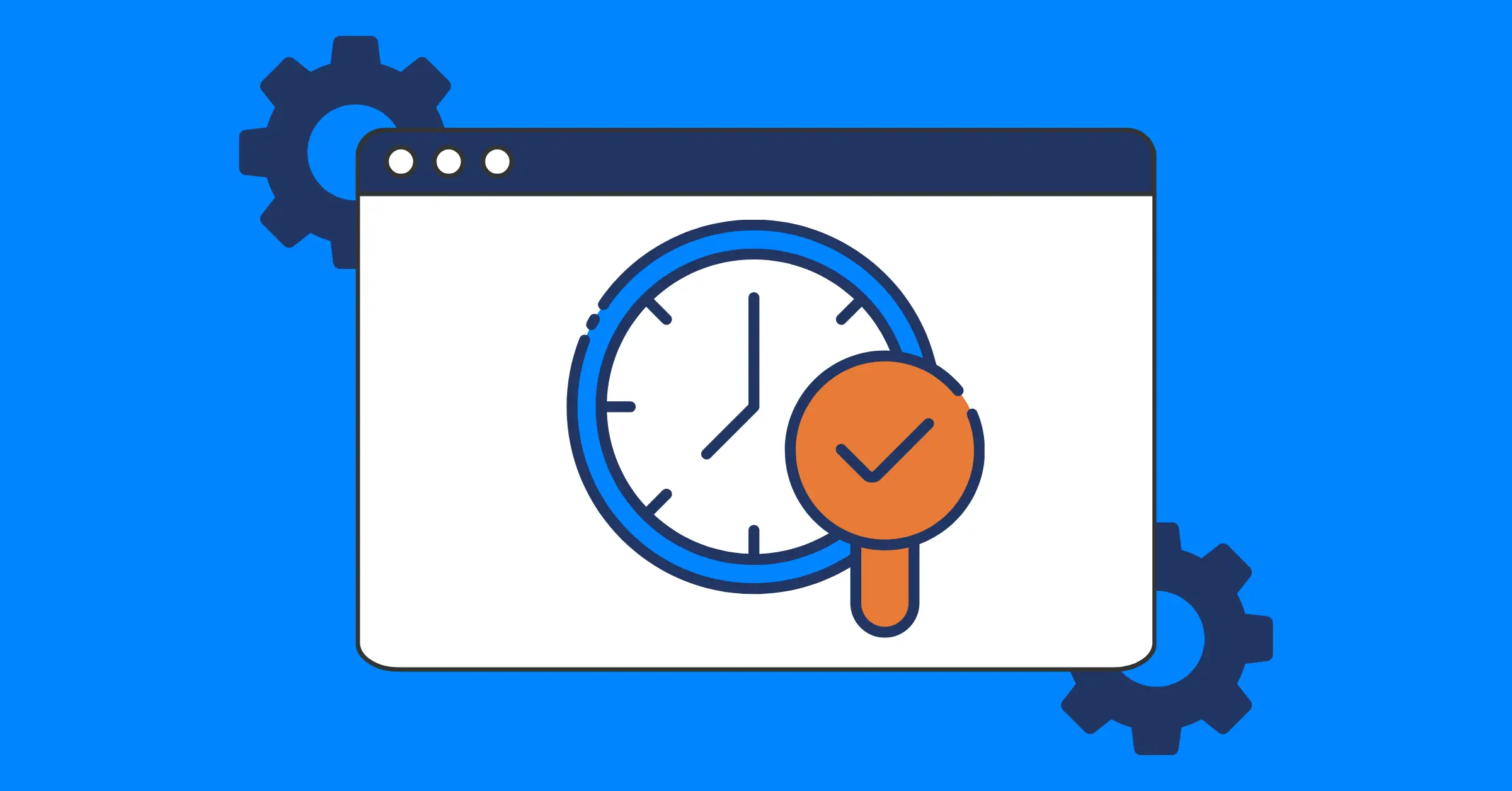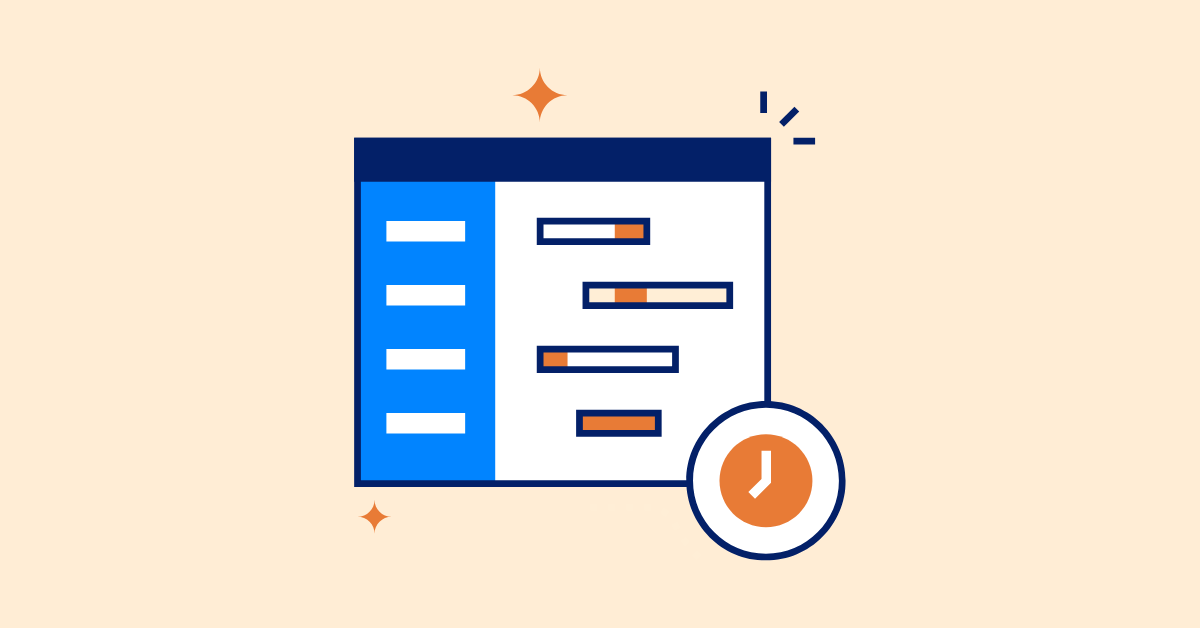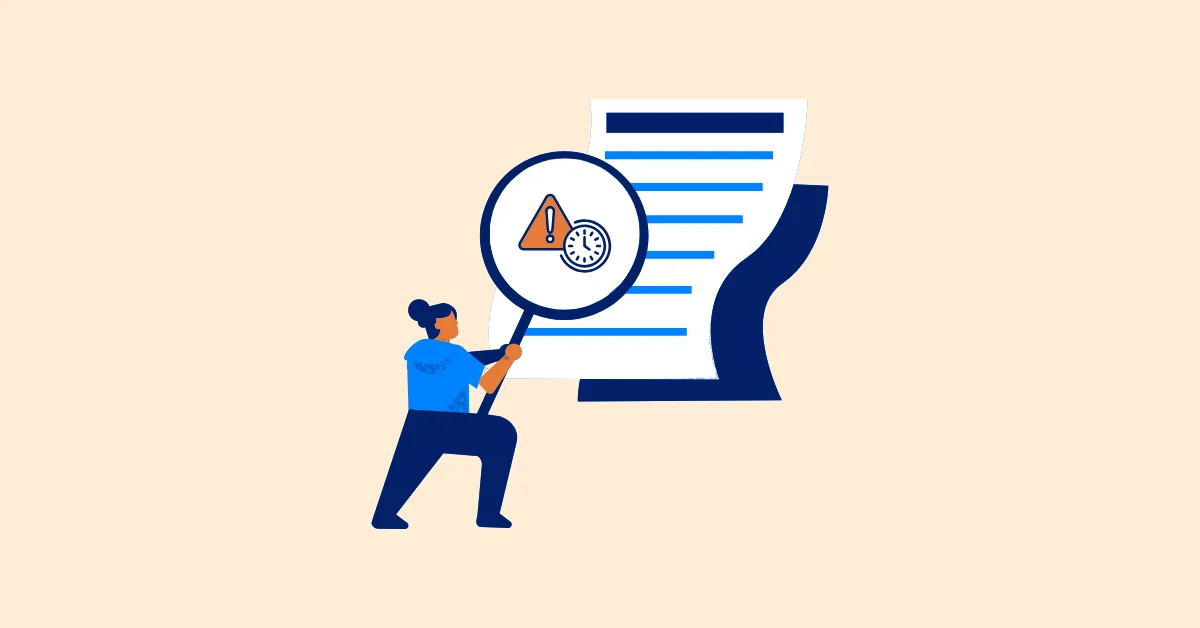Improving the Priority List: Escaping the Trap of Too Many Top Tasks
Learn how to fix your priority list with a suitable framework that ranks tasks by contribution, not just pressure, for better focus and time management.
Modern teams have more tools and systems than ever, yet the feeling of being overwhelmed keeps growing. Digital planners, kanban boards, and shared task dashboards promise focus, but instead they often multiply distractions. The reason is simple: too many “top priorities.”
When every task is marked as urgent, focus disappears. Teams confuse motion for momentum, filling every hour with busy work that feels important but leads nowhere. This constant juggling gives the illusion of progress while slowly eroding clarity.
This article explores how to fix that. It introduces a smarter way to rank priorities based on contribution rather than pressure. By the end, you’ll have a practical method to connect your daily work with outcomes that actually move your projects forward.
What Is a Priority List?
A priority list is a structured overview of tasks arranged according to their importance and urgency. It helps individuals and teams decide where to focus their time and energy first.
A good priority list doesn’t just sort tasks by deadlines; it aligns work with business objectives and available capacity. For example:
- High priority: Tasks that directly affect revenue, client delivery, or project milestones.
- Medium priority: Tasks that improve efficiency or support upcoming work.
- Low priority: Tasks that can wait or be reassigned without major impact.
Creating a clear priority list is one of the most practical time management strategies because it reduces confusion, prevents burnout, and ensures that progress always supports the bigger goal.
How We Fall Into the Priority Trap (and Overload Our Priority List)
We don’t set out to fail at prioritization. The trap forms slowly, shaped by culture, organization, and emotion.
- Cultural Habits: Our culture glorifies busyness. Fast replies, late-night messages, and instant decisions are celebrated. We mistake activity for achievement. The pressure to be “always on” leads people to treat every request as equally urgent.
- Organizational Habits: In many companies, leadership declares multiple “key” goals without making clear trade-offs. Sales pushes for faster deals. Marketing demands new campaigns. Product insists on new features. Each department justifies its urgency, and employees end up juggling conflicting priorities.
- Personal Habits: On an individual level, saying “no” feels uncomfortable. We want to be helpful, reliable, and responsive. Emotional urgency combined with fear of missing out turns even small requests into perceived top priorities.
Example: Imagine a product manager managing five “urgent” tasks: a bug fix, a design review, a client issue, a report, and a sprint meeting. Each seems critical, but switching between them prevents meaningful progress on any. Deadlines slip, and burnout follows.
The truth is, most people don’t have a prioritization problem, they have a criteria problem.
The Root Issue: Creating a Priority List Without Criteria
Most people and teams prioritize based on urgency, visibility, or deadlines. These are easy signals to notice but poor indicators of importance. A task might be urgent simply because someone else is shouting the loudest. This creates a dangerous pattern: the loudest task wins, not the most impactful one.
A real priority system should measure contribution. The central question should always be: Does this task meaningfully move the goal?
Without that lens, even the best task management system becomes a list of chores rather than a roadmap to results.
Popular Prioritization Frameworks (and Where They Fall Short)
Before introducing a better model, it’s worth understanding what’s already out there. Many frameworks aim to solve the prioritization problem, and each works well in certain contexts. But most fail to handle the complexity of modern work, where priorities shift weekly and multiple teams compete for attention.
Let’s look at the most common ones.
Eisenhower Matrix
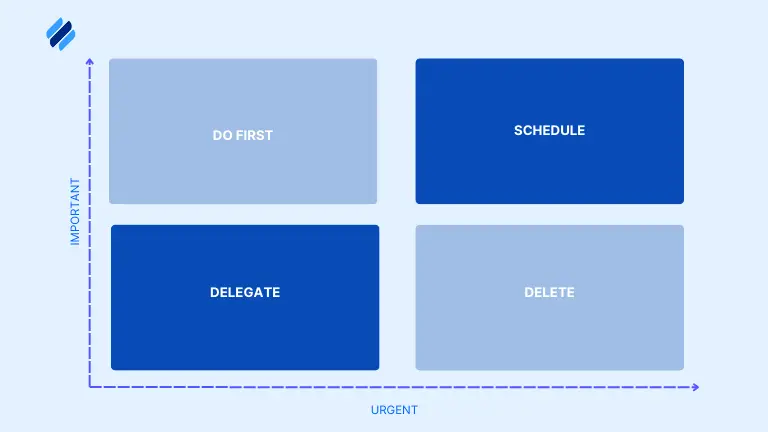
Purpose: The Eisenhower Matrix divides tasks into four quadrants based on two factors: urgency and importance.
- Urgent and important → Do immediately.
- Important but not urgent → Schedule it.
- Urgent but not important → Delegate it.
- Neither urgent nor important → Delete it.
Why it works: It encourages you to separate short-term pressure from long-term value.
Where it sometimes falls short: It assumes urgency and importance are obvious, which rarely happens in collaborative work. In cross-functional teams, what’s urgent to one person might be irrelevant to another. The model also doesn’t consider dependencies or the ripple effect of delayed tasks.
RICE Scoring (Reach, Impact, Confidence, Effort)
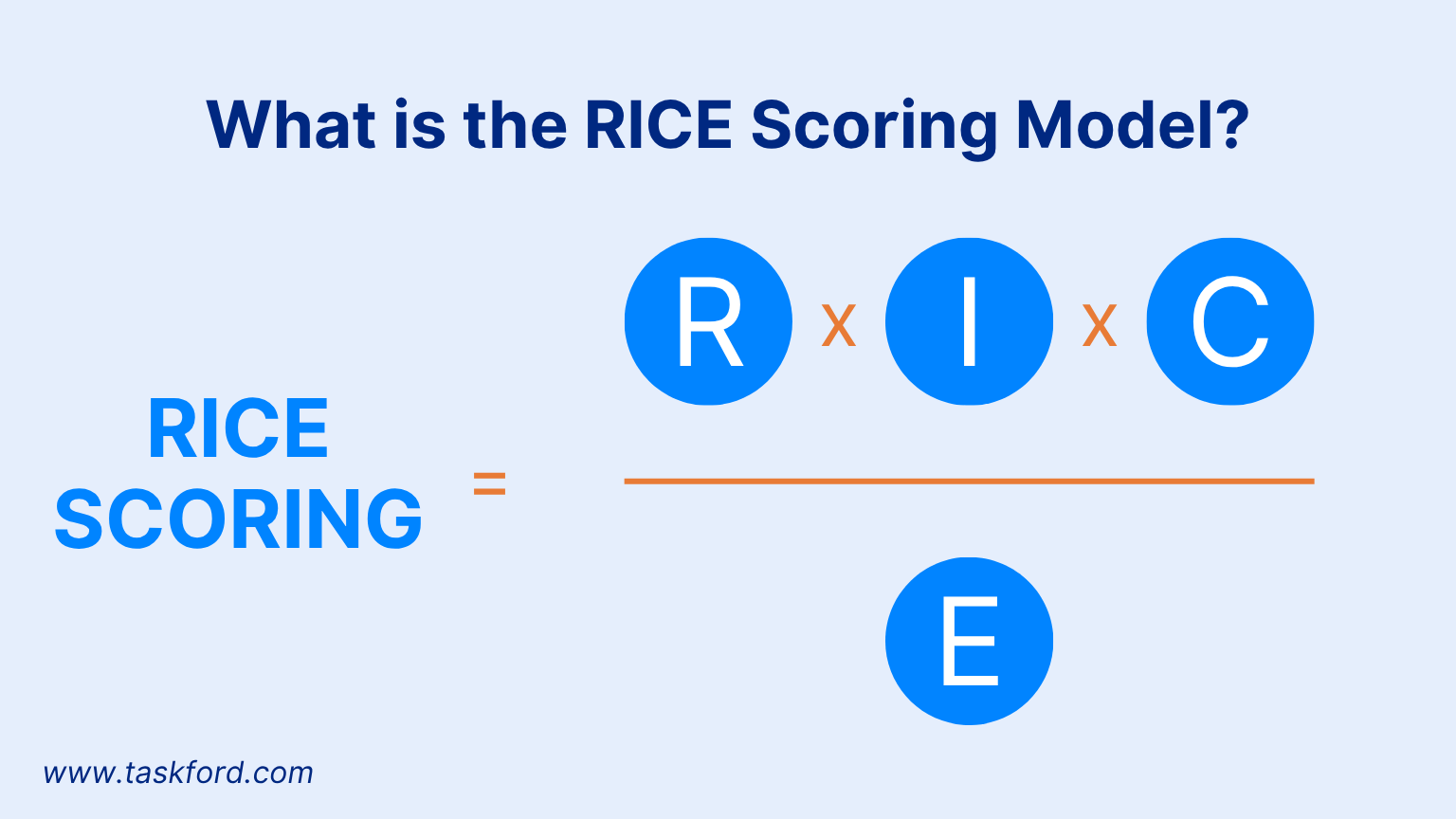
Purpose: Originally developed for product management, RICE helps quantify a project’s potential value. Each initiative is scored on how many people it will Reach, the Impact it will have, your Confidence in those estimates, and the Effort required.
Why it works: It brings data into decision-making, helping teams compare large initiatives logically.
Where it sometimes falls short: It’s too complex for daily or weekly task planning. Estimating reach or confidence for small operational tasks can become overkill. It also focuses on potential outcomes, not dependencies or timing.
ICE Scoring (Impact, Confidence, Ease)
Purpose: ICE simplifies RICE by removing “Reach” and “Effort,” keeping only three elements. It’s designed for quick decisions when teams must rank ideas fast.
Why it works: It’s lightweight and easy to use in brainstorming or quick reviews.
Where it sometimes falls short: It oversimplifies complex work. A task’s “ease” doesn’t capture its dependencies or the potential damage of delaying it. This can make teams underestimate critical tasks that look simple but support multiple others.
MoSCoW Method (Must, Should, Could, Won’t)
Purpose: Popular in Agile and project management, MoSCoW categorizes deliverables based on necessity.
- Must: Essential for project success.
- Should: Important but not vital.
- Could: Nice to have if time allows.
- Won’t: Not included in the current cycle.
Why it works: It clarifies scope early and sets realistic expectations during project planning.
Where it sometimes falls short: The “Must” category often grows too large. Without strict criteria, almost everything becomes a must-have, defeating the purpose. It also doesn’t easily adapt to evolving priorities mid-project.
Takeaway
All these models help structure thinking, but they often collapse under real-world complexity. In dynamic environments, where priorities shift and dependencies overlap, what teams need isn’t more labeling, it’s context and criteria.
That’s where the 3C Model comes in.
The 3C Model: A Contribution-Based Way to Prioritize
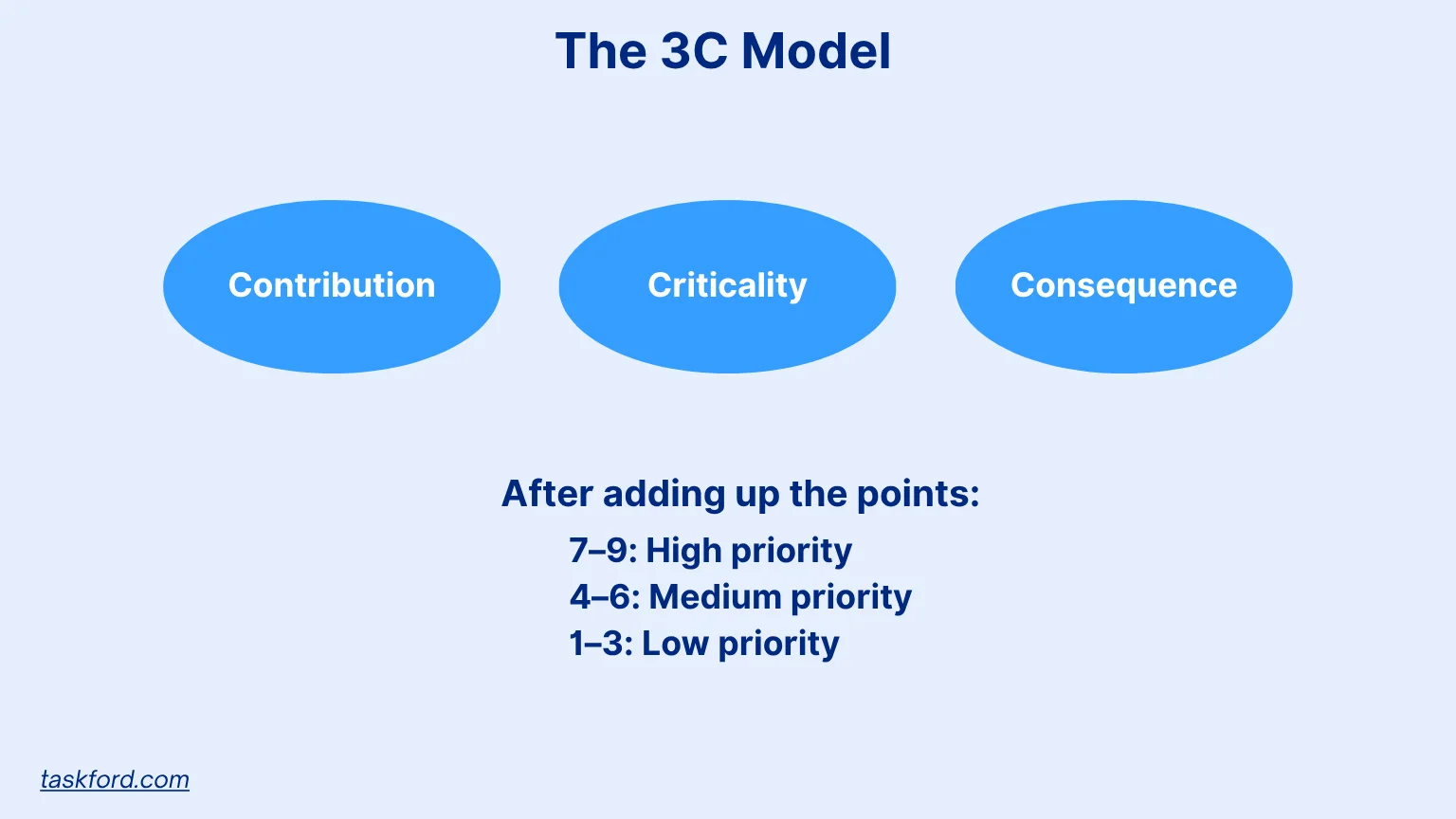
The 3C Model, a prioritization framework based on our own analysis, replaces pressure-based ranking with contribution-based ranking. Instead of asking “Who wants this first?” it asks “What moves the goal the most?”
This approach keeps focus on measurable progress rather than emotional urgency.
The 3C Filter
Each task is judged through three lenses:
- Contribution: Does this create measurable progress toward a defined objective?
- Criticality: Does this task unblock others or maintain essential operations?
- Consequence: What happens if it’s delayed, reduced, or skipped?
How to Use It
Score each task from 1 to 3 on each factor:
- 1 = Low
- 2 = Medium
- 3 = High
Add up the total:
- 7–9: High priority
- 4–6: Medium priority
- 1–3: Low priority
Example Table
| Task | Contribution | Criticality | Consequence | Total | Priority |
|---|---|---|---|---|---|
| Fix payment gateway bug | 3 | 3 | 3 | 9 | High |
| Redesign dashboard UI | 2 | 1 | 1 | 4 | Medium |
| Write monthly report | 1 | 1 | 2 | 4 | Medium |
When to Apply It
Use 3C during weekly planning or sprint reviews, not while reacting to daily noise. The goal is to make conscious choices before the chaos begins.
Integrating 3C into Your Priority List
To make 3C a habit, it must fit naturally into your existing priority list and project management tool.
1. Consider the scores when creating your task list
If you use a project management tool like TaskFord, consider the scores that you add up from the 3C model when you are creating the task list so you and your team members know the priorities.
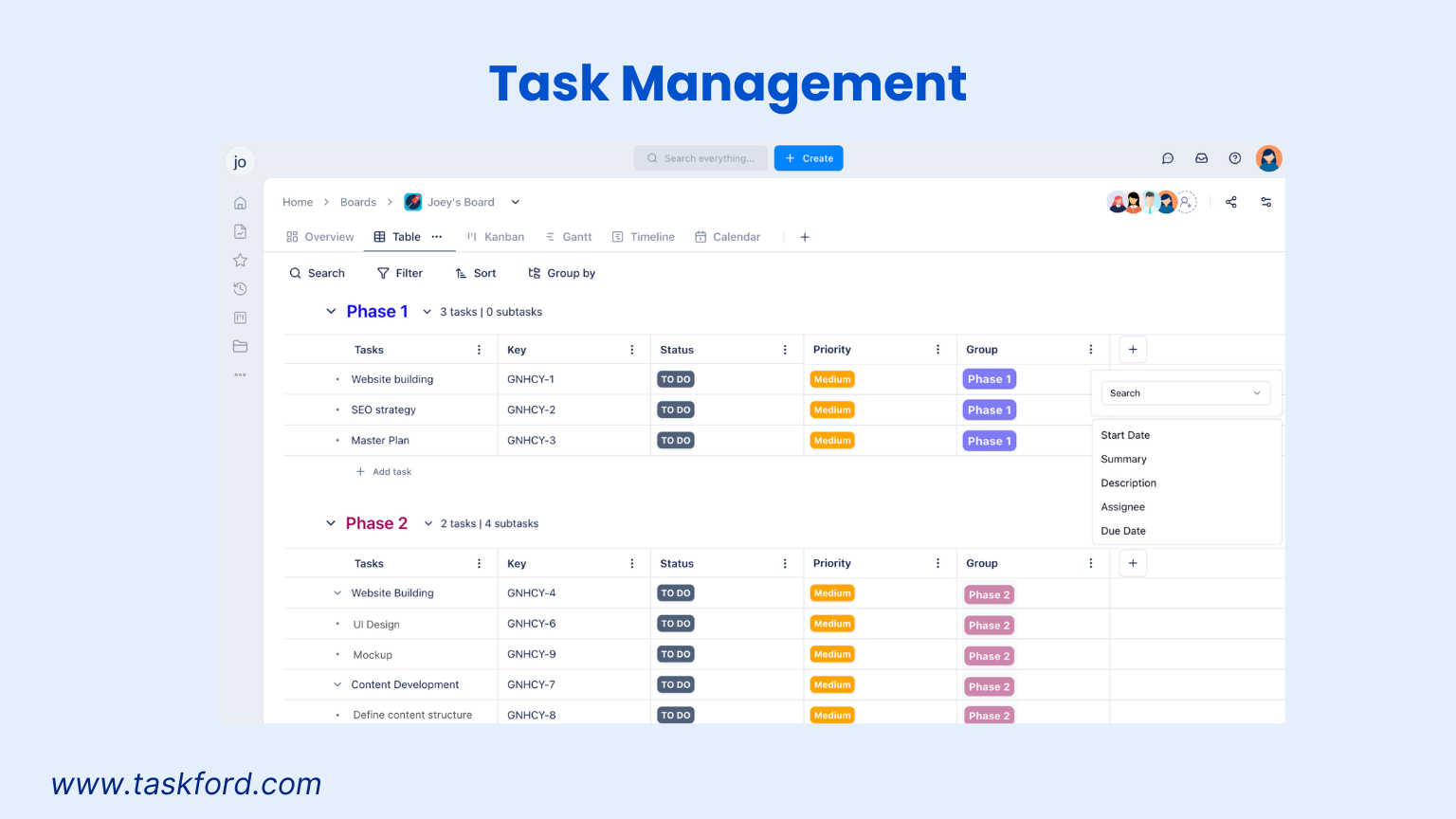
2. Cap the number of high priorities.
Limit each person to three active high-priority items at once. This prevents overload and forces genuine trade-offs. If a team member has too many high priority tasks, reconsider the scores or move some of the tasks for next time.
3. Discuss scores, not opinions.
When planning, focus on why a task deserves its score instead of debating who requested it. This reduces emotional bias and builds trust across teams.
4. Review regularly.
As projects evolve, some tasks lose importance. Revisit scores weekly or biweekly and downgrade items that no longer contribute meaningfully. This structure turns prioritization into an ongoing discipline rather than a one-time decision.
Dealing with Stakeholders Who Want Everything First
Even the best system faces pressure from stakeholders who insist their requests are top priority. The 3C model gives you language and data to handle those conversations effectively.
- Communicate with evidence. Instead of saying “We can’t do that now,” show how the task scores lower on contribution or consequence. For example: “This task scores 4 out of 9 on our 3C scale. It’s valuable, but not mission-critical yet.”
- Visualize trade-offs. Use shared dashboards or kanban boards to display scores. When everyone sees that other tasks score higher on contribution or criticality, the discussion becomes less emotional and more logical.
- Earn leadership buy-in. Show how high-scoring tasks deliver measurable results — faster releases, higher customer satisfaction, fewer incidents. Once leaders see that 3C-based prioritization improves outcomes, they’ll reinforce it across teams.
Maintaining Focus Over Time For A Stable Priority List
A clear priority list is not a one-time fix. It’s a habit that must be protected against priority creep. These**** strategies help teams avoid burnout, stay aligned, and make smarter trade-offs as conditions evolve.
- Watch for silent upgrades: Medium tasks often promote themselves over time through constant reminders or emotional urgency. Revisit your list weekly to confirm which items truly deserve top status.
- Run monthly audits: Look back at your high-priority items from the past month. Did they deliver the results you expected? If not, refine your scoring approach. The more you practice, the more accurate your judgment becomes.
- Keep adapting: The 3C model isn’t rigid. Context changes. Business goals evolve. Use 3C as a lens, not a rulebook. It’s meant to sharpen awareness, not lock you into fixed scores.
Conclusion: Priority List Is the Outcome of Choice and Focus, Not Control
Real productivity doesn’t come from cramming more into your schedule. It comes from choosing deliberately what not to do. When everything is urgent, nothing truly moves. A disciplined priority list filters noise and connects effort to impact. lt helps teams move from reacting to directing, or from being busy to being effective.
Focus is not control; it’s clarity. And clarity is what transforms endless to-do lists into meaningful progress.
Learn more
- How to Prioritize Tasks When There's Too Much To Do
- What is Project Management? The Complete First Guide for Newbies
- How To Prioritize Sprint Backlog: Who Is Accountable for Decisions?
Making work simpler,
smarter, and more connected
Join our waitlist and be notified first.

Related Blog
Subscribe for Expert Tips
Unlock expert insights and stay ahead with TaskFord. Sign up now to receive valuable tips, strategies, and updates directly in your inbox.


